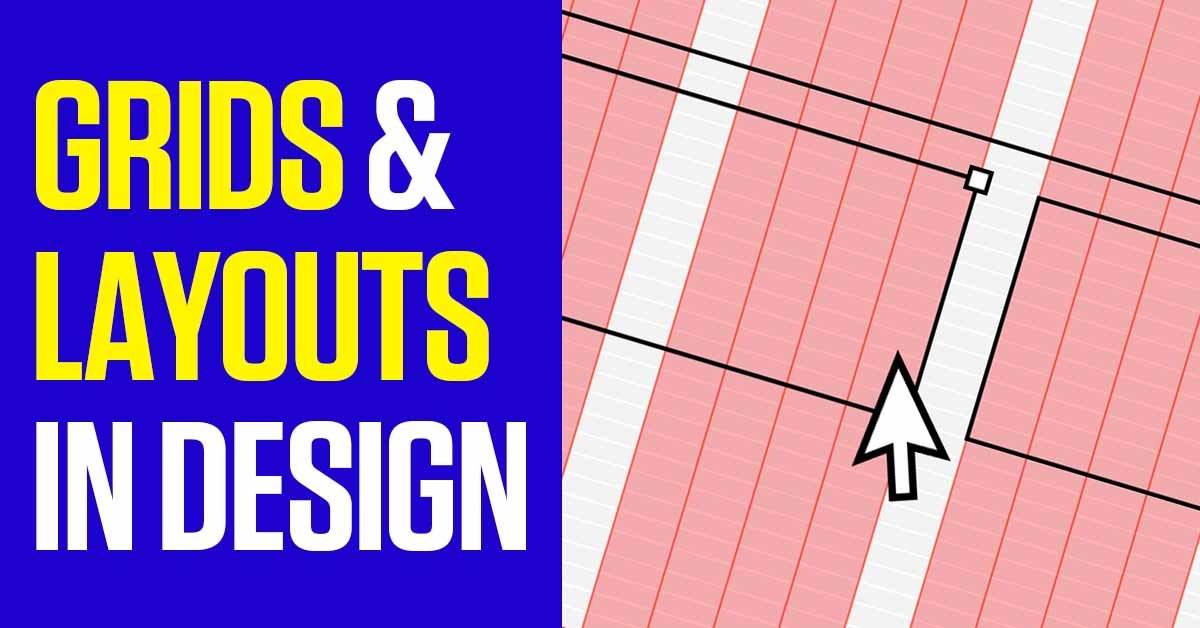Introduction
Grids and layouts are fundamental tools in graphic design that help create organized, balanced, and visually appealing designs. Understanding how to effectively use grids and layouts can significantly enhance the quality and coherence of your design projects.
The Importance of Grids in Graphic Design
- Structure and Organization
- Grids provide a structured framework that helps in organizing content logically and consistently. This structure makes the design more readable and easier to navigate.
- Alignment and Balance
- Using a grid ensures that elements are properly aligned and balanced. This creates a harmonious and professional look, enhancing the overall aesthetic of the design.
- Consistency
- Grids help maintain consistency across different pages and sections of a design project. Consistent use of spacing, margins, and alignment contributes to a cohesive visual experience.
- Efficiency
- Working with grids can make the design process more efficient by providing a clear guide for placing elements. This can save time and reduce the need for guesswork and adjustments.
Types of Grids in Graphic Design
- Baseline Grid
- A baseline grid is a horizontal grid that helps in aligning text and ensuring consistent line spacing. It is particularly useful for creating harmonious and readable typography.
- Column Grid
- Column grids divide the page into vertical columns, making it easier to organize content into sections. They are commonly used in web design, magazines, and newspapers.
- Modular Grid
- A modular grid divides the page into a matrix of rows and columns, creating a series of modules. This type of grid is versatile and can be used for complex layouts with a variety of elements.
- Manuscript Grid
- A manuscript grid, also known as a single-column grid, is the simplest form of a grid, often used for text-heavy documents like books and articles.
- Hierarchical Grid
- A hierarchical grid is less rigid and allows for more flexibility in placing elements. It is useful for designs that require a more dynamic and asymmetrical layout.
How to Use Grids and Layouts Effectively
- Start with a Grid System
- Choose an appropriate grid system based on the type of design project. Consider the content and structure you need to create, and select a grid that supports these requirements.
- Align Elements to the Grid
- Use the grid to align all elements consistently. This includes text, images, buttons, and other design components. Proper alignment creates a clean and organized look.
- Maintain Consistent Margins and Gutters
- Ensure that the margins (space around the edges of the layout) and gutters (space between columns) are consistent throughout the design. This consistency helps in maintaining balance and harmony.
- Use the Rule of Thirds
- The rule of thirds is a composition technique that divides the layout into a 3×3 grid. Placing key elements along these lines or at their intersections can create a more engaging and balanced composition.
- Experiment with Hierarchical Grids
- For more dynamic and creative layouts, experiment with hierarchical grids. These grids allow for greater flexibility and can help in creating visually interesting designs.
- Adjust and Iterate
- Don’t be afraid to adjust the grid as needed. The initial grid is a starting point, and you may need to make adjustments to achieve the desired look and feel. Iterate and refine the layout to enhance the design.
Examples of Grid Use in Design Projects
- Web Design
- Websites often use column grids to create a responsive and organized layout. Grid systems like Bootstrap are popular for ensuring that web designs are consistent and adaptable to different screen sizes.
- Magazine Layouts
- Magazines use modular grids to organize articles, images, and advertisements. This helps in creating a visually appealing and easy-to-read layout.
- Print Design
- In print design, grids are used to ensure that text and images are aligned and spaced consistently. This is crucial for creating professional-looking brochures, posters, and flyers.
Conclusion
Grids and layouts are essential tools in graphic design that help in creating organized, balanced, and visually appealing designs. By understanding the different types of grids and how to use them effectively, designers can enhance the quality and coherence of their projects. Experimenting with grids, maintaining consistency, and iterating based on feedback can further refine the design and create a more impactful visual experience.
